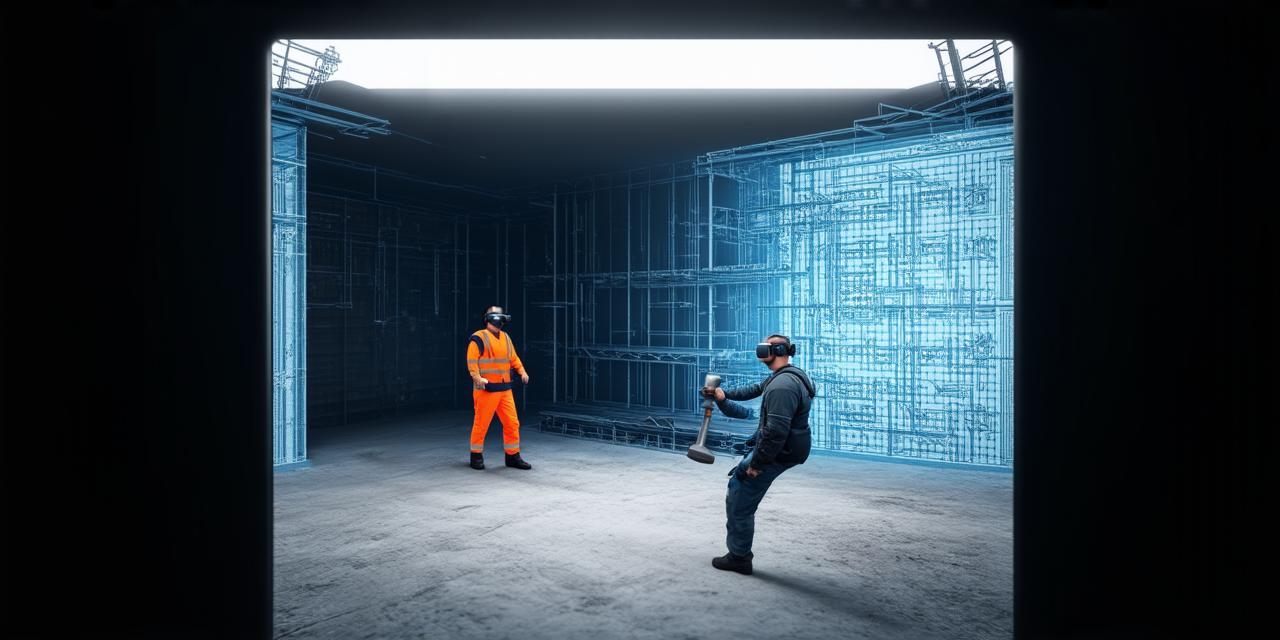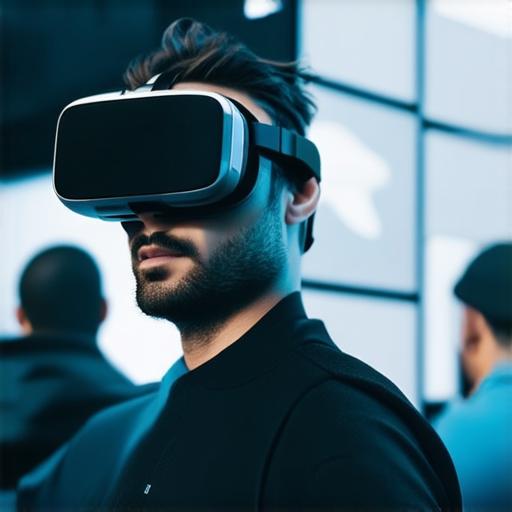
How can the construction industry utilize virtual reality?
The construction industry has always been known for its high level of complexity and logistical challenges. From designing buildings to managing construction sites, there are countless factors that need to be taken into account in order to ensure a successful project.
However, as technology continues to advance, one area where virtual reality (VR) is proving to be particularly useful is in the construction process. In this article, we will explore how virtual reality can be used to improve efficiency and productivity, reduce costs, and increase safety on construction sites.
Virtual Reality in Construction Design
One of the main benefits of using virtual reality in the construction industry is that it allows architects and designers to create immersive, interactive models of their projects. These virtual models can be viewed from any angle, allowing designers to see how a building or structure will look and function in real life.
This can be particularly useful for large-scale projects, where it can be difficult to visualize the final product based on 2D blueprints alone.
By using virtual reality to create more accurate models of their projects, architects and designers can also make changes and adjustments more quickly and easily. This can save time and resources in the early stages of a project, which is especially important when working with limited budgets or tight deadlines.
Virtual Reality in Construction Planning
Another way that virtual reality can be used in the construction industry is to help with planning and logistics. By creating detailed virtual models of a construction site, planners can simulate different scenarios and test out various approaches to ensure that they are making the most efficient use of resources.
Virtual reality can also be used to train construction workers on specific tasks or procedures. By creating virtual simulations of real-world scenarios, workers can practice their skills in a safe and controlled environment, reducing the risk of accidents or injuries on the job site.
Virtual Reality in Construction Monitoring

Once a construction project is underway, virtual reality can be used to monitor progress and ensure that everything is running smoothly. By using sensors and other monitoring tools, builders can create detailed 3D models of the construction site that can be viewed in real time.
This allows them to quickly identify any issues or problems that arise, and take corrective action as needed.
Virtual reality can also be used to provide workers with real-time instructions and guidance. For example, if a worker needs to make a specific adjustment to a piece of equipment, they can simply put on a virtual reality headset and see step-by-step instructions overlaid on the equipment itself.
This can save time and reduce errors, particularly in complex or specialized tasks.
Virtual Reality in Construction Safety
Finally, virtual reality can be used to improve safety on construction sites. By creating realistic simulations of potential hazards or accidents, workers can be trained on how to respond in the event of an emergency.
Virtual reality can also be used to identify potential safety risks before they become major problems. For example, by simulating different scenarios and testing out various approaches, builders can identify potential hazards and take corrective action before they cause any serious injuries or accidents.


